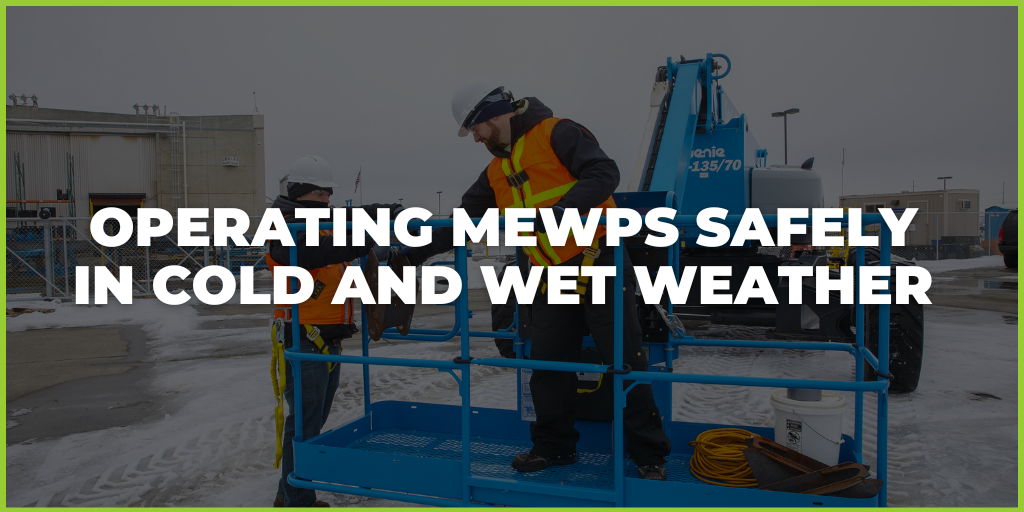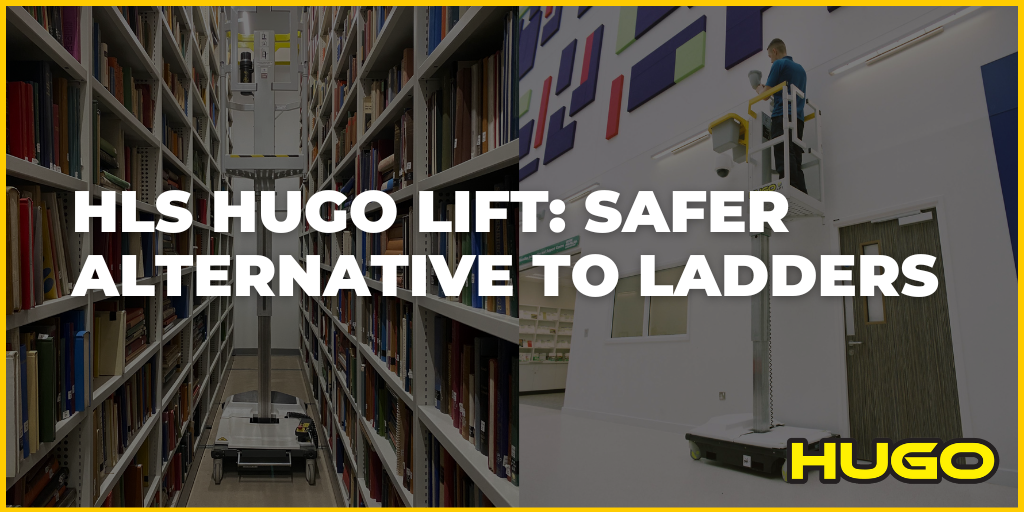It’s likely you already understand that it’s important we provide employees with the right tools for their jobs. After all, what is the purpose of their specialist training if they can’t complete working at height tasks safely or efficiently? Today, we’ll help you understand why selecting the right equipment for working at height matters and how to approach it.
Why do you need to choose correctly?
There are two compelling reasons to ensure the right fit between your team and their equipment. The first is, of course, safety. Following on from conducting a risk assessment, you’ll understand what the potential dangers are. Choosing the right work at height equipment can mitigate those risks. The second reason is employee retention. Isn’t it frustrating when tasks take longer because you don’t have the right tool? According to WalkMe, “Employee frustration is a negative emotional state that occurs when adverse aspects of the work environment outweigh the positive. In addition to technology, factors stemming from workflow, culture, and management can contribute to employee frustration.” High levels of workplace frustration can see your retention rate take a nosedive. But the solution is fairly easy. Provide the right equipment and ensure all other safety measures are followed.
When selecting equipment for work at height you must:
- Use the most suitable equipment;
- Give collective protection measures (eg edge protection) priority over personal protection measures (eg safety harnesses);
- Take full account of the working conditions and the risks to the safety of all those at the place where the work equipment is to be used.
There are sometimes a number of alternatives to solving the same access problem and it is important to choose the most appropriate equipment for the job in hand. A thorough risk assessment will help you do this.
Types of working at height equipment
- Steps and ladders - can be used on even surfaces, for light, short-duration work
- Mobile (self-propelled) boom lifts - Cherry pickers are great for getting into tight spaces. They can usually be driven at height and that saves time during operation.
- Self-propelled scissor lifts - these platforms are simple and easy to use for access straight up with limited outreach. Many will fit through a doorway or have foldable guardrails to enable this. All-terrain models are also available.
- Self-propelled vertical lifts - You may see these called vertical lifts, mast lifts or personnel lifts. They offer convenient overhead or alongside working access between 2 and 9 meters up. They are lightweight and perfect for floor load restrictions. Like cherry pickers, these lifts can also be driven while extended - saving time.
- Push-around vertical lifts - PAVs are simple and easy to use if you want to manually access a location and you’ve got to use lifts or narrow doors and ideal if you’re working in a small space or congested environment.
- Tracked boom lifts- Also called spider lifts, these indoor/outdoor lifts can be used on uneven slopes since they’re on caterpillar tracks and can come with stabilisers. They are lightweight, reaching between 11 and 50m.
What if none of these options are suitable?
If you have a fixed production environment, ultra-rugged terrain or hazardous handling; then you may need a bespoke access platform for working at height. A custom-built platform is ideal in environments where standard equipment is not suitable. We can help you identify what working at height equipment will work for your needs quickly and easily. We do this with a risk assessment and site survey. We can help you ensure you’ve got the proper equipment, safety measures and training in place to prevent accidents and retain your team.





